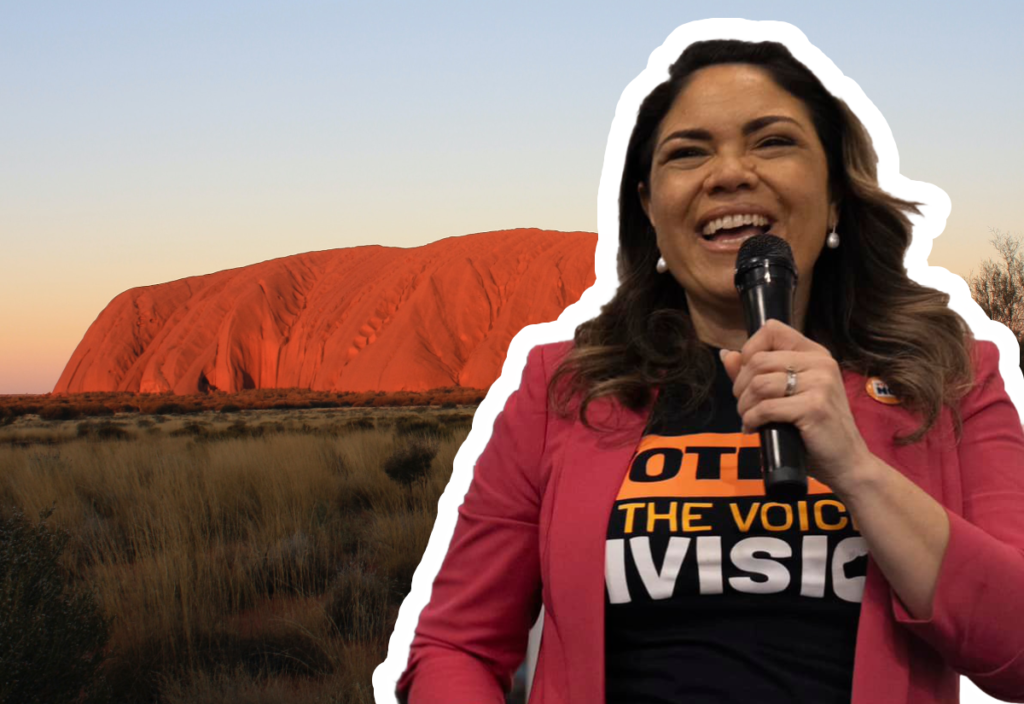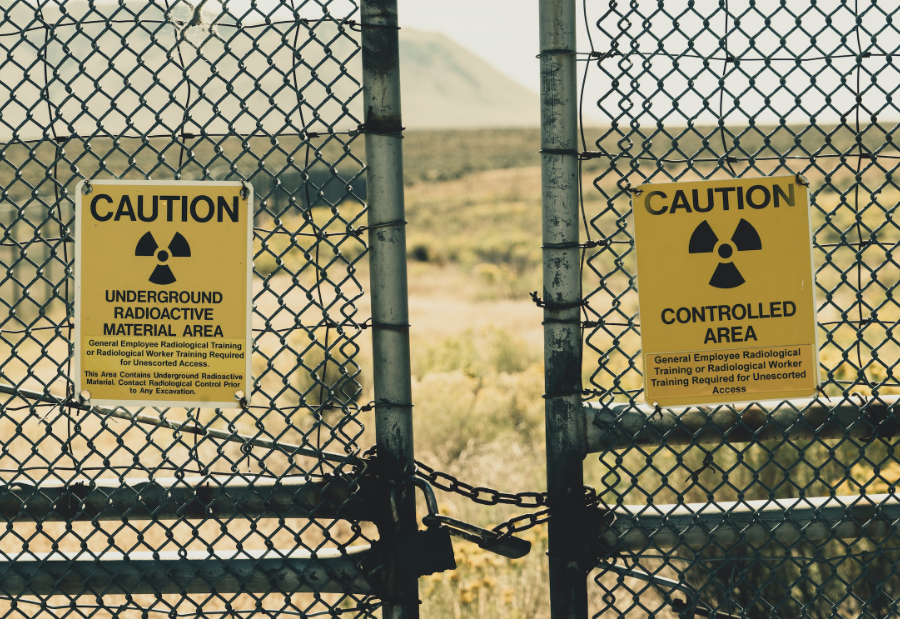I’ve spent the last 10 years researching and writing a book on circumcision. The first question most people ask me is, quite simply, why?
The short answer is that more than 1.2 billion boys and men are circumcised, but most of them didn’t choose to be. Children regularly die or are left permanently disfigured by unnecessary cosmetic circumcisions, and hundreds of thousands of men are so unhappy with their circumcision status they are restoring their foreskins. Yet this is somehow still considered a fringe issue. It’s time we changed that.
It’s been three months since The Final Cut: The truth about circumcision was published. Since then major retailers like Barnes & Noble, Booktopia, Target, Walmart and Amazon have sold copies in nine countries spanning four continents. Not a bad start.
I held the book launch in an art gallery. People came for the book, but as we were surrounded by other forms of art I was reminded of a poor, penniless Dutchman who in 1888 sat down in a street corner in France and painted what is now widely regarded as one of the best paintings ever made. The piece is called Cafe Terrace at Night. The artist of course was Van Gogh. Three months later he was committed to an asylum. Two years later he was dead.
I found myself wondering how it could be that someone who is now universally considered to be one of the greatest painters to have ever lived could have been so harshly criticized, ridiculed and even despised during his time. How could they not see then what we all clearly see now? Was the whole world blind?
Not blind. Just blindly following the herd. Human beings are social animals after all. We do what’s fashionable. We follow the prevailing wisdom even when it isn’t wise. We let the group think for us because it’s easier than thinking for ourselves.
Excited to share that my new book, The Final Cut, will be released next month. I hope you can join me to celebrate the book’s launch. #circumcisionbook https://t.co/HckvXJruTl
— Jonathan Meddings (@J_Meddings) October 16, 2022
It’s this way of thinking – or, rather, not thinking – that led people to blindly revile a now revered artist for being different. It’s also what’s led us to blindly accept the genital cutting of children.
You’d think with 1.2 billion boys and men alive being circumcised that there would be good reasons for this. And, yet, all too often the reason people give is that “it looks better” and “it’s just the done thing”.
And if you were a physician in the 19th century the reason was to stop masturbation — they wrongly thought self-pleasure caused illness and that, by removing the most sensitive part of the penis, they could stop boys masturbating. Of course by dulling sensation they succeeded only in making boys work harder at it!
While this so-called medical justification for circumcision has since largely been forgotten, many other medical claims have been advanced in recent times – and I dedicate a chapter in the book to all of them.
Suffice it to say that the medical benefits of circumcision are either negligible or non-existent depending on the specific claim in question.
And while the medical benefits are debatable, that non-consensual, medically unnecessary genital cutting is a breach of medical ethics and human rights is not up for debate.
Today, there isn’t a peak medical body anywhere in the world that recommends routine infant circumcision for its supposed health benefits. Although some like the Royal Australasian College of Physicians, worried they will draw the ire of religious people that circumcise, continue to pay undue respect to parental choice even for non-religious, cosmetic male circumcision procedures in an effort to avoid the issue.
The double standard is obvious: they would never support parental choice when it comes to female genital mutilation, which is criminalised in Australia with no religious exceptions.
Some readers will be questioning that comparison. If you’re one of them, then you have to explain how cutting off a boy’s foreskin is different to cutting off a girl’s foreskin. I’ve been asking that question for 10 years and no-one has ever been able to answer it, because the fact is genital cutting practices exist on a spectrum with varying degrees of harm, and some forms of male genital cutting are similar to some forms of female genital cutting.
More and more men are waking up to the harms of circumcision. The scars are physical, but for many they are also psychological. Globally most boys are circumcised when they are old enough to remember, and many develop PTSD as a result. But the mental harms of circumcision can also occur even if children are circumcised when they’re too young to remember, because they grow up and learn what was done to them.
Many circumcised men are okay with it, and that’s great. But many others suffer feelings of loss, grief, anger, violation, and even envy of intact men. I hope these men find closure and that they can forgive their parents for doing what they genuinely believed was the right thing to do – what in many cases was also done to them. It’s a difficult conversation, but we will only end this cycle of harm by not shying away from it.
If I could impart one thing to you (aside from a copy of the book), it would be to maintain your child-like curiosity, to question everything, and to dare to be different. People ask me why I wrote the book, and the answer is as simple as that. I was curious. I asked questions. And I’m not afraid to raise a few eyebrows or ruffle some feathers (respectfully, of course).
I don’t know if society is ready to have this conversation about the harms of male genital cutting. I hope it is. I know one day it will be. And when that time comes this book will be there to hopefully give voice to what people are thinking and feeling but perhaps don’t quite know how to express themselves, which is ultimately what good writing, like all good art, exists to do.
This article was originally published on the author’s personal blog here.
Photo by Andrew Neel on Unsplash.







